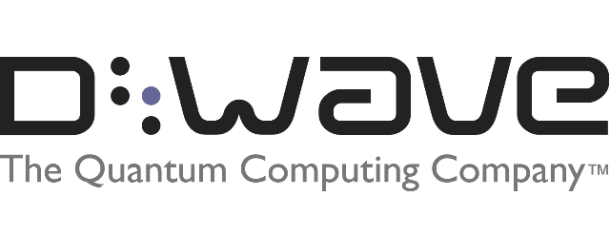D-Wave Quantum-Annealing Computer Enables ‘Materials by Design’ Research at LANL

(HPC.Wire) Using a D-Wave quantum-annealing computer as a testbed, scientists at Los Alamos National Laboratory have shown that it is possible to isolate so-called emergent magnetic monopoles, a class of quasiparticles, creating a new approach to developing “materials by design.”
“We wanted to study emergent magnetic monopoles by exploiting the collective dynamics of qubits,” said Cristiano Nisoli, a lead Los Alamos author of the study. “Magnetic monopoles, as elementary particles with only one magnetic pole, have been hypothesized by many, and famously by Dirac, but have proved elusive so far.”
They realized an artificial spin ice by using the superconducting qubits of the quantum machine as a magnetic building block. Generating magnetic materials with exotic properties in this way is ground-breaking in many ways. Their process used Gauss’s law to trap monopoles, allowing the scientists to observe their quantum-activated dynamics and their mutual interaction. This work demonstrates unambiguously that magnetic monopoles not only can emerge from an underlying spin structure, but can be controlled, isolated and studied precisely.
“It was shown in the last decade or so that monopoles can emerge as quasiparticles to describe the excitation spin ices of various geometries. Previously, the National High Magnetic Field Laboratory’s Pulsed Field Facility here at Los Alamos was able to ‘listen’ to monopole noise in artificial spin ices. And now, utilizing a D-Wave quantum annealing system, we have enough control to actually trap one or more of these particles and study them individually. We saw them walking around, getting pinned down, and being created and annihilated in pairs of opposite magnetic charge. And we could thus confirm our quantitative theoretical predictions, that they interact and in fact screen each other,” said Nisoli.
“D-Wave’s processors are designed to excel in optimization, but can also be used as quantum simulators. By programming the desired interactions of our magnetic material into D-Wave’s qubits, we can perform experiments that are otherwise extremely difficult,” said Andrew King, director of Performance Research at D-Wave and an author on the paper. “This collaborative, proof-of-principle work demonstrates new experimental capabilities, improving the power and versatility of artificial spin ice studies. The ability to programmatically manipulate emergent quasiparticles may become a key aspect to materials engineering and even topological quantum computing; we hope it will be foundational for future research.”





















